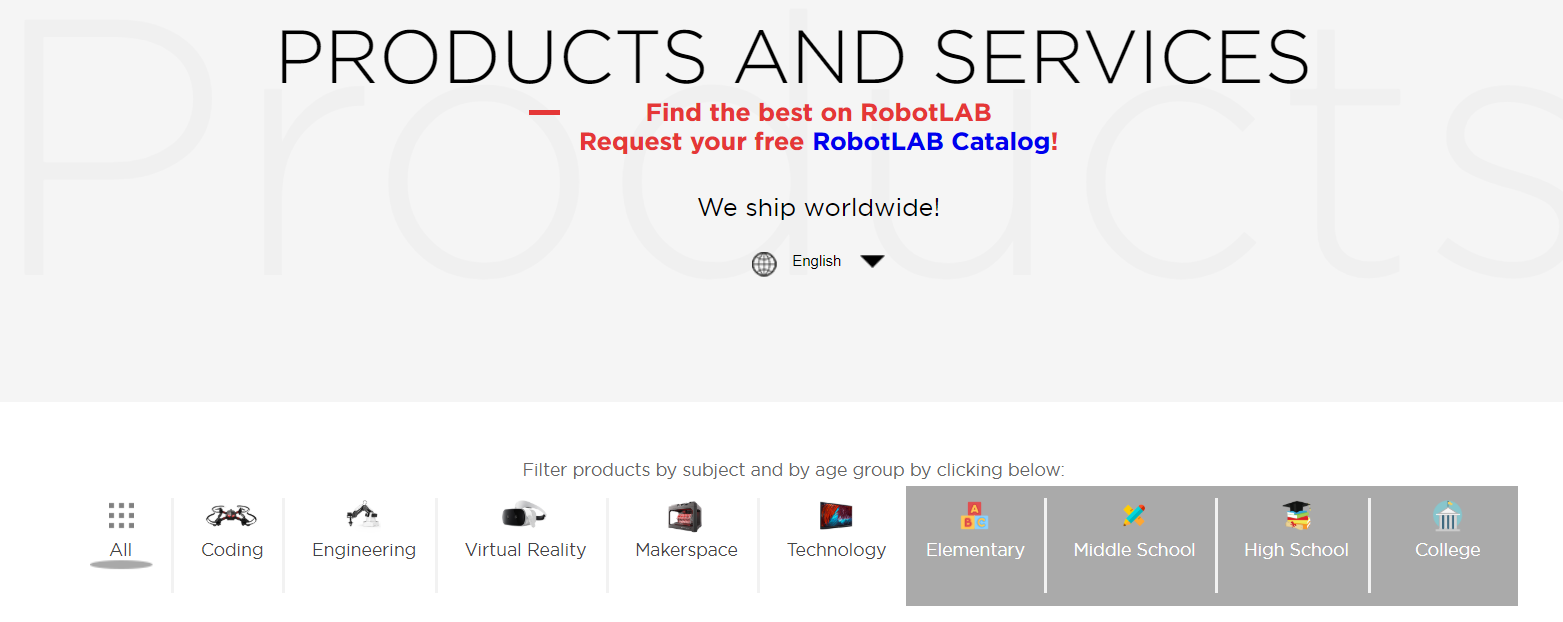Take a deep breath – this school year is drawing to an end. Everything so far has gone exactly as planned, and your classes have been examples of perfectly executed STEM lessons and totally cooperative students.
Or . . . maybe not?
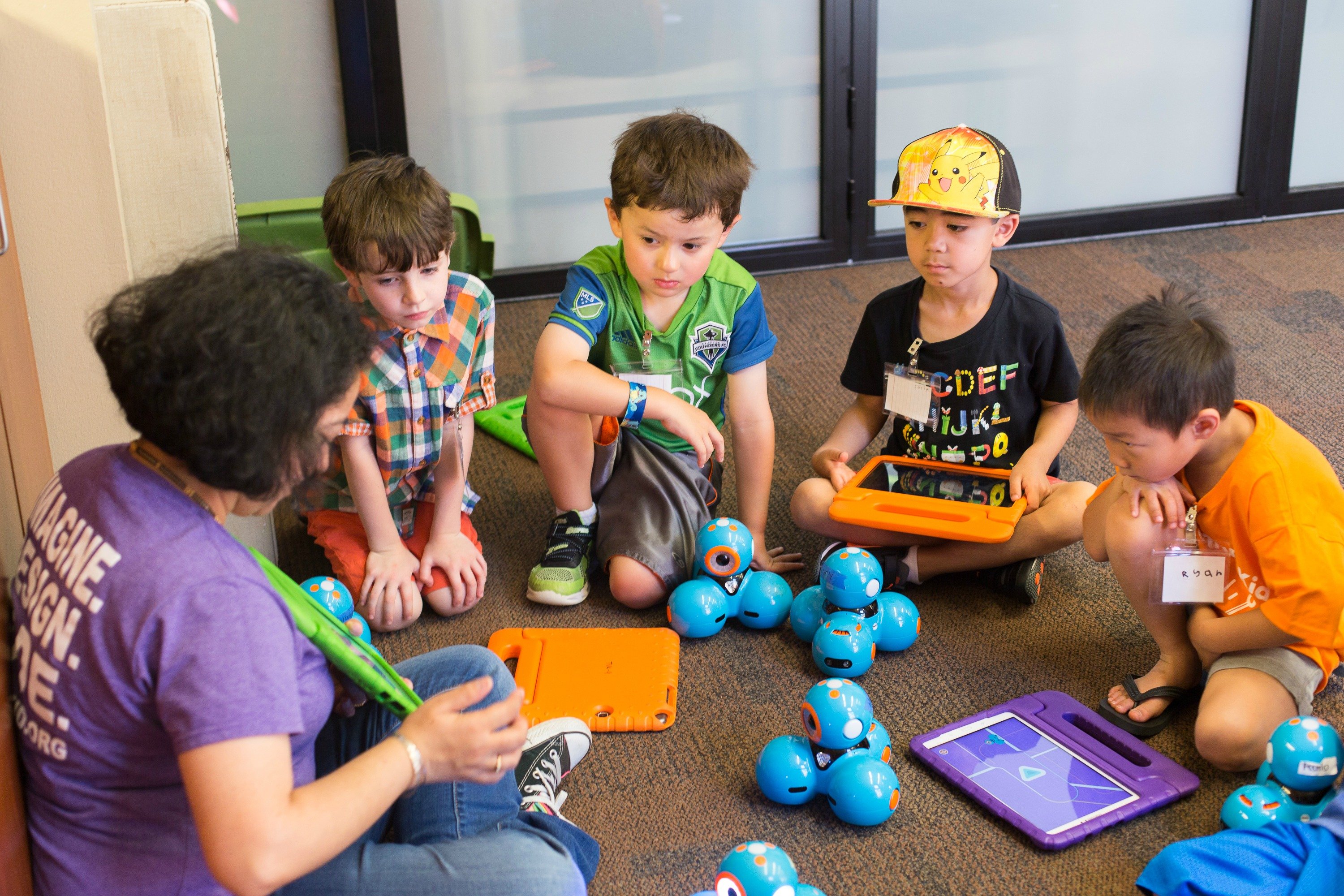
By ANNE JOLLY
I’m betting you encountered plenty of bumps in the road as you guided your students through the complex world of learning. Any seasoned teacher knows to expect that and plans ways to change and adjust for next year’s classes. So why not get an early start? What sort of changes or adjustments will you make in your STEM classes to make them even more effective?
Naturally you’ll take a look at your STEM lessons and decide what adjustments are needed to make sure they meet STEM criteria and actually accomplish what you want them to. That’s a given.
And the good news is – while this year’s kids are still with you, you can also pick their brains for suggestions they have for next year’s STEM lessons. In the meantime, I’d like to suggest you look at four areas that often get short shrift when planning and implementing STEM lessons.
Technology Use
While many schools lag behind the digital curve, technology is rapidly changing worldwide. Sure, your students use mobile phones and go online daily; but research shows that they are not exposed to the kinds of digital tools that boost learning and prepare them for future careers. Many kids do not know how to use technology responsibly or even communicate appropriately.
 Think about how your students currently use technology in their STEM work. They may use it to learn, look up ideas, record information, and/or share information with one another. In some STEM projects, perhaps your students use programs such as Skype to communicate with experts and community leaders. They may use coding and develop apps to help solve a STEM problem.
Think about how your students currently use technology in their STEM work. They may use it to learn, look up ideas, record information, and/or share information with one another. In some STEM projects, perhaps your students use programs such as Skype to communicate with experts and community leaders. They may use coding and develop apps to help solve a STEM problem.
As you consider next year’s STEM possibilities, you might collaborate with your technology teacher to thoughtfully integrate a multimedia approach and use a variety of software tools when solving real world problems. Ask your students for additional ideas on using technology during their STEM projects.
Collaboration
The ability to work together productively with others is tagged as one of the most important workforce skills for this century. So, how’s that going in your classes? Check with your students to get a picture of what they think about the teamwork aspect of STEM. Nail down some of their concerns now, before the year ends, so you can begin planning corrections.
Ask questions such as “What behaviors and actions did your team do well this year? Did everyone on your team feel included and valued? What things about teamwork should we improve?” Students might work in teams to provide you with written answers to those questions.
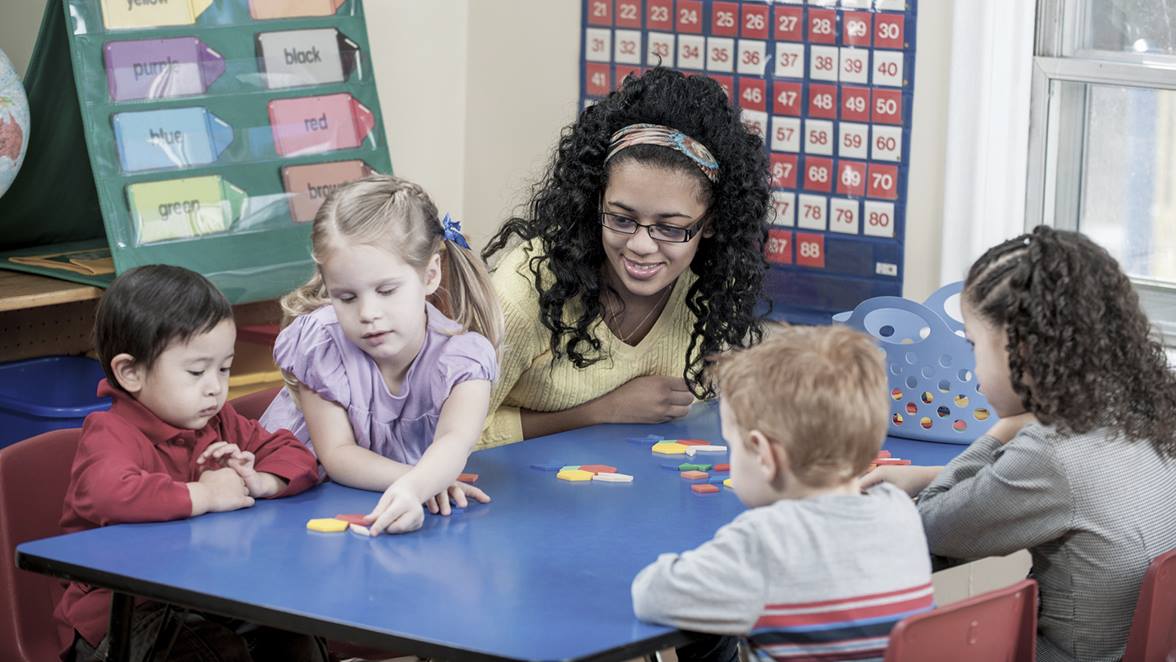
Take student responses into account as you start now to think about next year’s teaming. For the next school year, plan to gradually transfer accountability for successful teamwork to the students. Start out by having members of each team make written agreements with one another about their desired conduct and participation.
Communication
Perhaps because of the time factor, this is often one of the least emphasized components of the engineering design process. Kids need to be able to clearly communicate about their work among themselves. They also need to understand how to communicate technical information in a clear and concise manner and to be able to convey information appropriately for a variety of audiences.
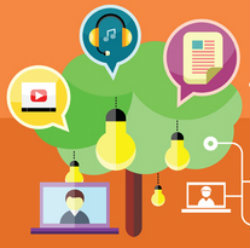 When we include this step in our STEM projects, we often just tell kids to make some kind of presentation that they enjoy. Students should know that technical communication is not intended to entertain, although it may certainly do that. It’s designed to inform or instruct others clearly and concisely about a specific project and its outcome. That’s true STEM!
When we include this step in our STEM projects, we often just tell kids to make some kind of presentation that they enjoy. Students should know that technical communication is not intended to entertain, although it may certainly do that. It’s designed to inform or instruct others clearly and concisely about a specific project and its outcome. That’s true STEM!
The technical communication feature of STEM provides a authentic opportunity to collaborate with other teachers. For example, a language arts teacher could help students with technical writing skills. (As an example of technical communication, perhaps a team could prepare a how-to guide to explain their work and results.)
An art teacher might be able to help students create informative illustrated presentations, perhaps using infographics. A drama or speech teacher might help with individual or group oral communication. Technical communication may be produced using digital technology so the technology teacher may also be a partner in this.
Focusing on the technical communications part of STEM, at least in some lessons, could help kids develop a valuable career skill and give them real opportunities to use it in high school, college and beyond.
STEM Learning Space
The path to student success includes classrooms where teachers and students thrive. That includes the physical space as well as the learning process. An ideal STEM classroom is characterized by space for students to move around, collaborative areas where they can work together (or independently), and access to current technology (interactive white boards, laptops or iPads, etc.).
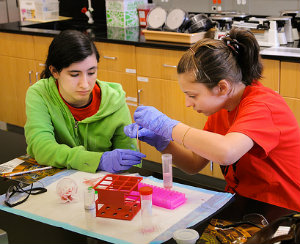 Look around your classroom. Is it clean and inviting with light, bright colors? Free from clutter? Are wall displays fresh, organized, and related to the current unit of study? Can students’ desks be easily grouped for social learning?
Look around your classroom. Is it clean and inviting with light, bright colors? Free from clutter? Are wall displays fresh, organized, and related to the current unit of study? Can students’ desks be easily grouped for social learning?
Hopefully your classroom has plenty of natural light. Believe it or not, natural sunlight has the highest influence on learning of any design parameter. Decide what classroom items and furnishings you might store elsewhere to free up space for workstations and movement.
Explore now before summer break fills your days
Do ing some preliminary work and thinking on next year’s STEM lessons has its benefits. When you finish exploring and tentatively planning for fall, walk away for a bit and enjoy summer. Then, when the next school year is about to start, you will come back with a fresh perspective and plan some great STEM experiences for your students.
ing some preliminary work and thinking on next year’s STEM lessons has its benefits. When you finish exploring and tentatively planning for fall, walk away for a bit and enjoy summer. Then, when the next school year is about to start, you will come back with a fresh perspective and plan some great STEM experiences for your students.
Want to discover more about STEM?
Check our products and boost your students' STEM skills in a fun and engaging way with robots! just a click away!
